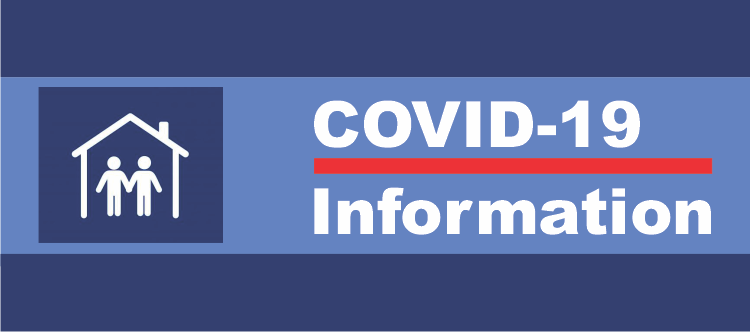WHAT BUSINESSES SHOULD DO ONCE THE STAY AT HOME ORDERS ARE LIFTED

This is another in a continuing series of bulletins that Aerlex Law Group is issuing to clients and friends of the firm to provide information regarding the effects of the Covid-19 pandemic on the business aviation community.
PREPARING FOR THE TRANSITION FROM STAY AT HOME TO [LIMITED] RETURN TO WORK
Most of the population of the entire United States is currently under a stay-at-home or shelter-in-place order as the coronavirus pandemic continues to disrupt our personal and business lives.
President Donald Trump has suggested that many states can reopen by May 1st, and shared federal guidelines for restarting the American economy with governors. Several governors, particularly in the Northeast and the West, are trying to work together to decide when to reopen their states’ economies based on a number of scientific and economic realities. Some states are already lifting the stay-at-home orders, albeit with numerous safety-related restrictions (Alaska, for example), while other states planning to do so “in the next few weeks.” California currently has no set end date and New York is planning to “reopen in phases…based on regional analysis,” but no sooner than May 15th.
Regardless of when the reopening happens, businesses must be prepared. Simply because the government says it is legal to reopen does not mean you should rush your company back into operation. You need to assess and apply several criteria for getting back up to speed. Keep in mind, however, that if you are enrolled in the Small Business Administration’s Paycheck Protection Program (PPP), you have until June 30, 2020 to restore full-time employment and salary levels for changes made between February 15 and April 16, 2020.
First and foremost, you need to consider all federal and local guidelines to make sure your type of business is permitted to reopen. Then, you need to decide who within your company should return to work first. Determine which employees are “essential” and the minimum number of employees you will need to keep operating. In doing so, evaluate whether employees with seniority or recall rights must be brought back first. Do not forget to review your company’s employee handbook and policies to assure you are following your “own” rules, as well as any labor union collective bargaining agreements or rules that you are obligated to follow in the event some or all of your workforce is unionized.
Since cash flow will be an issue for most companies, recognize which employees generate the most income and consider bringing them back first. For aviation management companies, flight crews might be a better initial choice than the marketing or sales team members, but the opposite could be true depending on your circumstances.
Once employees start returning to work, their health and safety must be a primary concern. Returning employees will undoubtedly be anxious and may be misinformed. Be sure you have a protocol for ensuring the safety of your entire workforce, which should include, at a minimum:
(1) a policy preventing employees with any symptoms of illness from being at work,
(2) providing proper and sufficient sanitization supplies and facilities for all employees,
(3) a protocol for quarantining employees who become sick or are exposed to the COVID-19 virus, and,
(4) the minimizing of non-essential work-related travel.
What can you do if an employee refuses to return to work upon the reopening of the economy? The key is whether the employee’s refusal is reasonable under the circumstances, taking into consideration the measures the employer has taken to minimize exposure to COVID-19 in the workplace, whether the employee has a covered disability that must be accommodated under state or federal law, and whether the employee is entitled to leave under any leave laws. If this issue arises, Aerlex Law Group can assist you with your analysis.
Lastly, do not overlook the importance of maintaining open communication with your employees. The loss of income for many employees has already taken its toll, both financially and emotionally, so anything you can do to keep them informed of company plans is well worth the effort. Keep them apprised of a return-to-work timeline, what steps you are taking to ensure their health and safety, and how they can continue to communicate with the company. Once they return to work, make sure supervisors are available to answer employee questions and get their feedback.
If you have any questions regarding these issues or any other employment law matters, please contact Doug Stuart at dstuart@aerlex.com.
